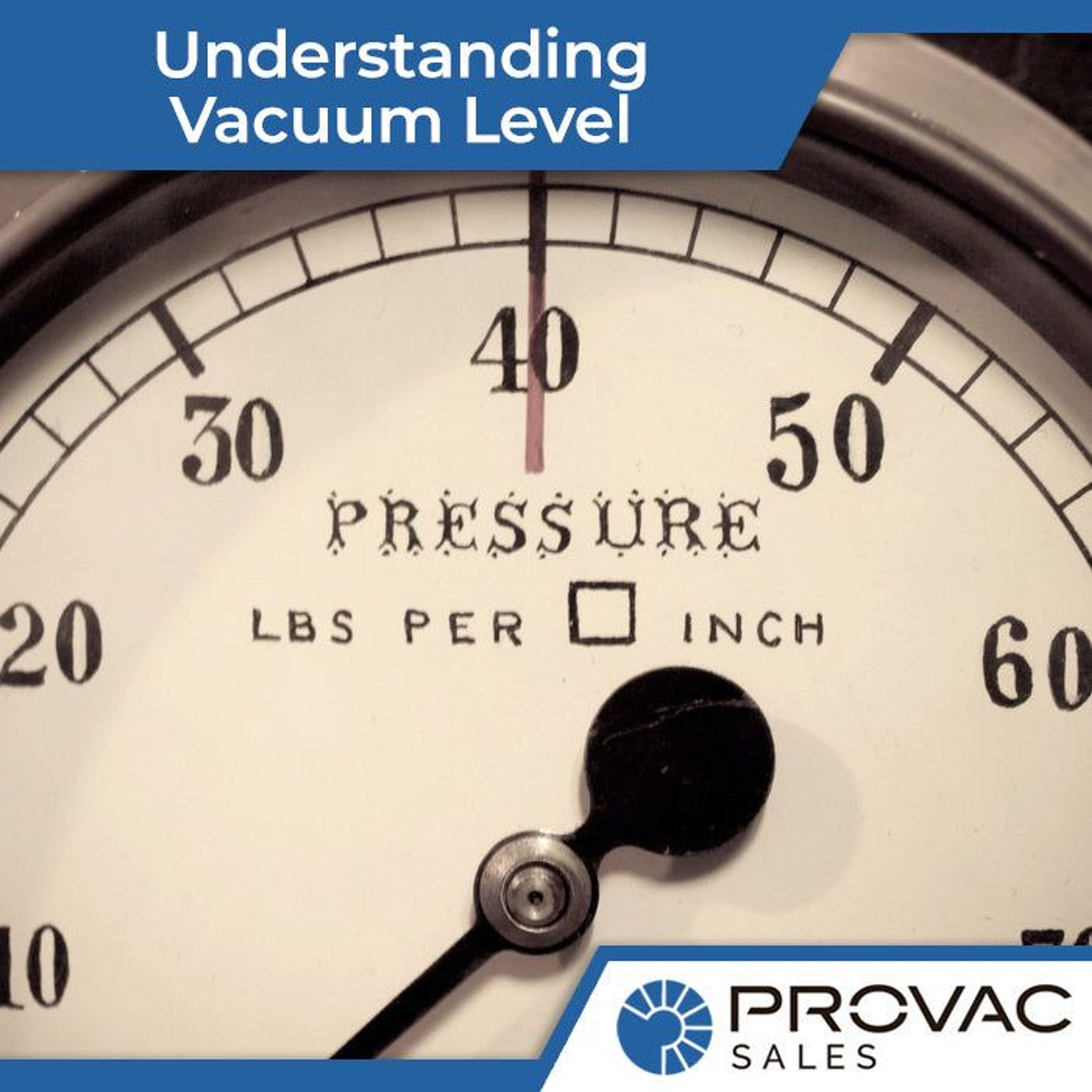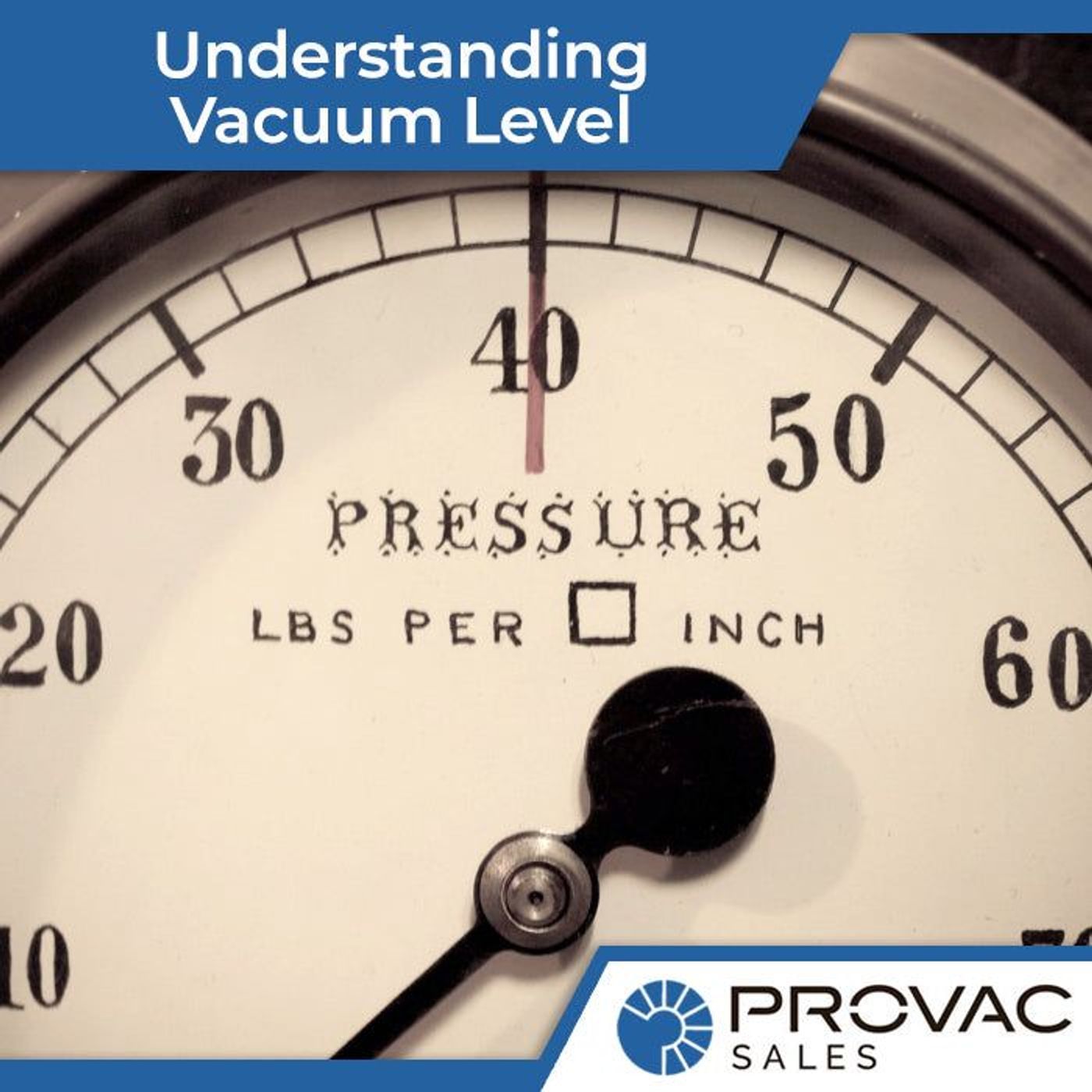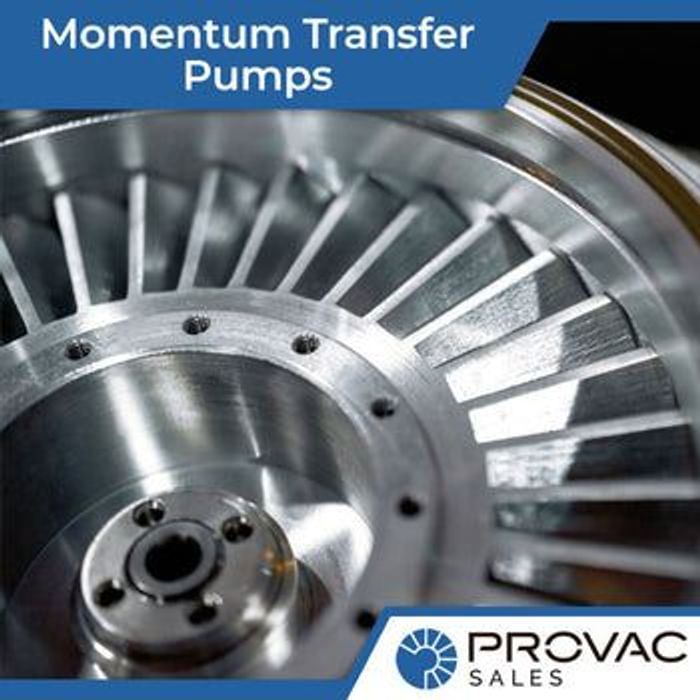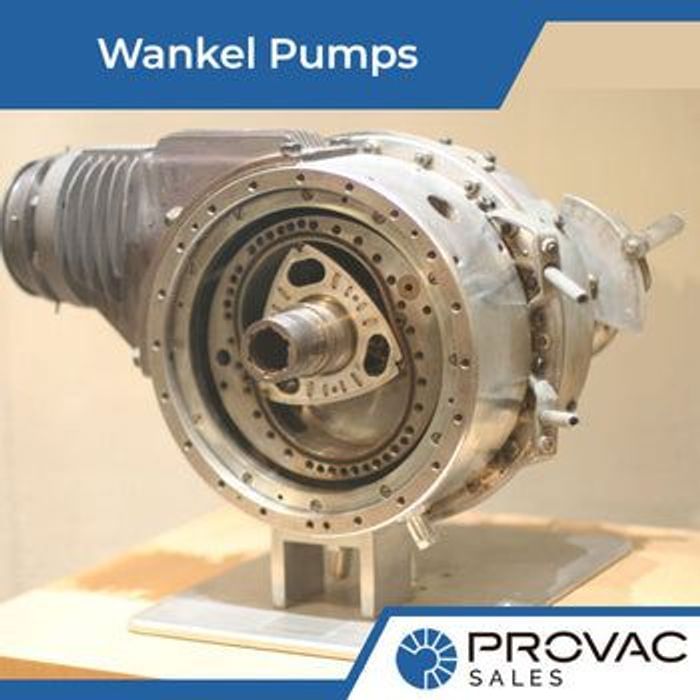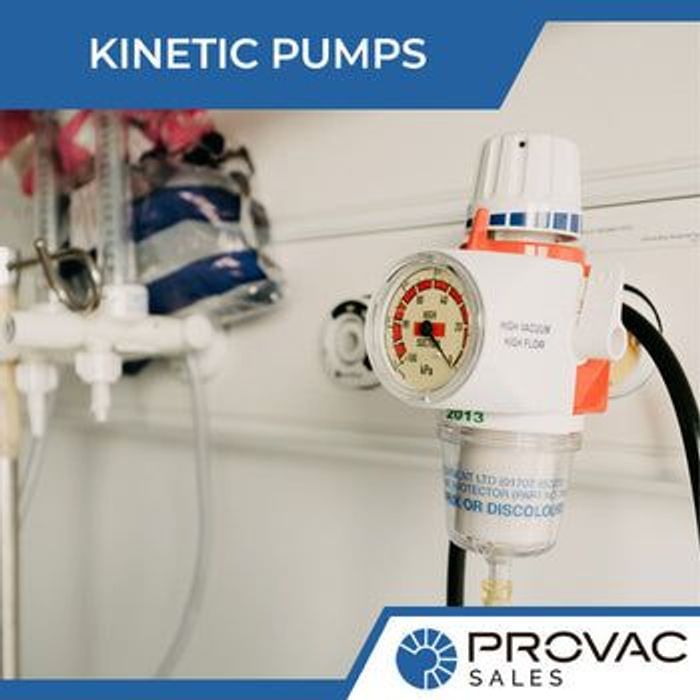When picking the proper vacuum level, a person has to ask themselves just what sort of vacuum level is necessary for their application. For instance, there are quite a few vacuum systems that make use of modern high-velocity pumps. Inside an outgassed chamber that is also empty, dry, and clean, these pumps and systems can attain vacuum levels all the way down to the 10-9 torr range. However, is such a vacuum level truly needed? Keep in mind that vacuum levels too high or low can create surface conditions that are not desirable, be it oxidation of surfaces or the vaporization of elemental constituents. Such consequences might mean reworking an application, if not scrapping it entirely.
Typically speaking, applications that use vacuum heat-treating fall into four distinct categories:
- Processes that can only be done in a vacuum.
- Processes that, from a purely metallurgical standpoint, simply work better inside of a vacuum.
- Processes, which from an economic perspective, work better inside of a vacuum.
- Processes, which from a surface finish point of view, do better if they are inside a vacuum.
As more molecules get removed from the inside of a vessel, the vacuum is considered better. A vacuum's specific quality is typically described by the gas pressure, or how much the gas density is reduced. For heat-treating applications, processes typically get conducted in four of the overall six vacuum level classifications. Hardening and brazing are two examples of heat-treatment processes which are conducted in intermediate vacuum levels, also known as 'soft' levels. The intermediate vacuum range is where most applications are handled. In comparison, anyone 200 miles over the Earth would be in a space vacuum of 1 x 10-8 torr. At twice that height, the vacuum goes to 1 x 10-10 torr. In truly outer space, also known as deep space, things go to 1 x 10-16 torr.
Another crucial element to selecting the right pump is identifying what the vacuum system specifically needs to do. From early in the process, a question that should be asked and answered whether or not the process needs to be protected from the pump? An example of this would be hydrocarbon contamination. On the flip side, does the pump need to be protected from the process? Examples of this might include the ingestion of a contaminant mixture, dirt, or something corrosive or potentially explosive.
There are of course other considerations to take into account. One instance is whether or not the pumping system is going to only have pumped a chamber down to the desired vacuum level before being taken offline, or if it needs to remain active to maintain a pressure level? In some cases, a vacuum system might need to manage a particular mass flow while also maintaining a certain pressure.
Once the many factors involved are decided, only then can someone choose the proper pumping system for the vacuum level their application, work, or project requires
